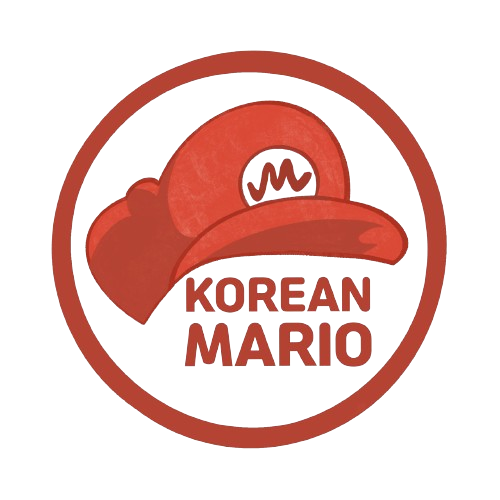
Welcome to our blog where we’re going to take a journey through the human body in Korean! We’ll start from the top, exploring each body part along the way. It’s fun and useful for things like going to the doctor or talking with friends.
Let’s learn together as we uncover the words for every part of the body, from head to toe, in Korean.
‘Human’ in Korean
In Korean, the word “인간” (ingan) is used to refer to a human being or a person. It encompasses the idea of humanity as a whole and can be used in various contexts, from casual conversations to more formal discussions.
’Body‘ in Korean
In Korean, the word for “body” is “몸” (mom). This term encompasses the physical structure of a person, including all the organs, limbs, and other parts that make up the human body.
Parts of The Head in Korean

Face
얼굴 (eol gul)

Eye
눈 (nun)

Eyebrows
눈썹 (nun sseop)

Nose
코 (ko)

Ear
귀 (gwi)

Cheek
볼 (bol) | 뺨 (bbyam)

Mouth
입 (ip)

Lips
입술 (ib sul)

Teeth
이 (i) | 치아 (chi a)

Tongue
혀 (hyeo)

Chin
턱 (teok)

Neck
목 (mok)

Head
머리 (meo ri)

Hair
머리카락 (meo ri ka rak)

Forehead
이마 (i ma)
Body Parts in Korean

Shoulders
어깨 (eo kkae)

Arms
팔 (pal)

Elbows
팔꿈치 (pal kkum chi)

Hands
손 (son)

Finger
손가락 (son ga rak)

Back
등 (deung)

Chest
가슴 (ga seum)

Stomach
배 (bae)

Waist
허리 (heo ri)

Heart
심장 (sim jang)
Lower Body Parts in Korean

Butt
엉덩이 (eong deong i)

Leg
다리 (da ri)

Knee
무릎 (mu reup)

Foot
발 (bal)

Ankle
발목 (bal mok)

Toe
발가락 (bal ga rak)
Other Body Parts in Korean

Muscle
근육 (geun yuk)

Bone
뼈 (bbyeo)

Skin
피부 (pi bu)

Blood
피 (pi)

Blood Vessel
혈관 (hyeol gwan)

Organ
장기 (jang gi)
In conclusion, learning the names of body parts in Korean is not only practical but also essential for everyday conversations, medical visits, and describing physical sensations. From the head to the toes, understanding these terms helps facilitate communication and navigate various situations. Whether you’re studying Korean for personal interest, travel, or professional reasons, mastering these vocabulary words enriches your language skills and enhances your ability to engage with Korean speakers effectively. So, let’s continue exploring and expanding our knowledge of the Korean language, one body part at a time!
Table of Contents

